By ERIC GOODMAN
ERIC GOODMAN is a novelist and journalist who spends summers in the Finger Lakes region. His most recent novel is In Days of Awe (Washington Square Press, 1992).
HERMANN WIEMER’S FAMILY on his mother’s side has been making wine in Germany’s Mosel Valley for 300 years. His father ran an experimental viticultural station in the Mosel and introduced the commercial grafting crucial to restocking vineyards devastated during World War II. So what is Wiemer doing on an old soybean farm in upstate New York’s Finger Lakes region? He’s carrying on the family businesses-and winning gold medals in the process.

A hands-on German winemaker produces gold-medal vintages in upstate New York
Hermann J. Wiemer, thewinery in tiny Dundee, New York, that bears the man’s name, produces chardonnay, pinot noir, methode champenoise sparkling wine, and what many experts consider one of the finest American-grown rieslings. Wiemer’s nursery, which ships several hundred thousand vinifera vines annually (the vinifera species encompasses all the familiar grapes of Euro pean origin, such as cabernet sauvignon, chardonnay, and riesling), has provided plants to prominent California wineries-among them Caymus and Kendall-Jackson–and to vine yards as far away as Brazil. And nearly half the vines grown on Long Island began life here.
That Wiemer would become a winemaker is hardly surprising. When he was growing up in postwar Germany, he recalls, “There wasn’t enough to eat. Bur the winemakers, they did okay. They’d trade Riesling for food.” But in 1968, just 24 years old and a graduate of the Geisenheim, Germany’s most prestigious genology institute, Wiemer took a risk: He opted not to enter the family firm. “Too many family members,” he explains as he opens a bottle of his Alsatian-style 1994
late-harvest riesling in the elegant private tasting room high inside the converted barn that houses his winery. “So I decided just to leave. It was a dramatic experiment-to come over to a different world, a different culture.”
His ticket out of Germany was Walter Taylor, the eccentric scion of the Taylor wine family of Hammondsport, New York. Preparing to launch his Bully Hill Vineyards, Taylor, who was traveling in Germany, met Wiemer and hired him as his winemaker. They made an odd couple, the young European, with the long pedigree in vinifera varietals, and Taylor, who put goats on his labels, stamped “Wine Without Guilt” on his corks, and was a passionate promoter of French-American hybrid grapes like seyval blanc and maréchal foch-for which young Wiemer had silent and, as the years passed, not-sa-silent contempt. “It was a lot of fun working for Walter,” Wiemer says now, “but I could never relate to hybrid wines. What can you do to them? Not much. Centrifuge them andput them in the bottle.”
In 1973, still working at Bully Hill but encouraged by the example of Konstantin Frank–an older, Russian-born winemaker who had success fully grown vinifera grapes around nearby Keuka Lake Wiemer took the second great risk of his life: He bought an abandoned 140-acre soybean farm near Dundee. No bank would lend him money, so Wiemer acquired the property on a land contract for $300.59 a month from the old woman who had lived on the farm as a little girl. Then, even though no vinifera grapes had ever been grown successfully near Seneca Lake-and against the advice of the Cornell University Agricultural Extension, which told him that vinifera vines would not grow well in the area and that, even if they did, his wines could never compete with those of Europe and California-he began planting his own vinifera vineyards on weekends. What encouraged Wiemer to disregard Cornell’s counsel?

Clockwise from above left: new vines in Wiemer's vineyards; examining budwood; a plot of pinot noir, difficult to grow in the region.
The soil and climate of the Finger Lakes, he replies, are simi lar to those of his native Mosel, and he remembered the old German folk wisdom maintaining that where black cherries and peaches prosper, so will grapevines. And Seneca Lake was ringed with fruit orchards. The vines grew, and in 1979, Wiemer released his first two wines, a riesling and a chardonnay. Both won gold medals in New York competitions. Not long afterward, while visiting his parents in Ger many, Wiemer learned that Walter Taylor no longer required his services. Maybe he’d remarked once too often that hybrid wines “reeked of the rubber hose” (used to move juice along production lines), or maybe Taylor had just concluded chat any man whose dream was to produce vinifera wines wasn’t likely to be loyal to the hybrid cause. From that day on, Wiemer has been on his own.
In 1982, after being turned down, as he puts it, “by so many banks”, he was able to persuade a loan officer in Ithaca, New York, to lend him money to buy more barrels and to engage the services of UKZ-a prizewinning Ithaca architectural firm to remodel the property’s original barn to include a winery, a public tasting room, and a one-room up stairs apartment (now the private tasting room). Like many a small businessman, Wiemer lived above the store and worked nights and weekends-until 1986, when his winery and nursery businesses became successful enough to pay for a complete remodeling of the Italianate farm house on the property, where Wiemer now resides.
Making wine is doing things at the right time
Apart from his bank loan, Wiemer has never brought in an investor. His operation remains relatively small-he produces about fifteen thousand cases a year-but his wines are now handled by a wholesaler and have found their way onto the wine lists at prominent New York City establishments like Lutece, Oceana, and the Carlyle Hotel dining room. With the upscale market in mind, Wiemer buys European bottles and finishes them with expensive fuil capsules (from a manufacturer who has supplied capsules fur California’s pricey Opus 1). For marketing purposes, he tries never to have more than one vintage on the market at a time. And each day, despite his success, Wiemer-“unfortunately still a single guy,” he says-is up at 6 A.M. He drives a few miles south to pick up a New York Times (he can’t get it delivered all the way to his place), then meets his winemaker, Peter Oughterson, to plan the day’s chores. He watches the stock reports on television (playing the market, he says, is one of his “hobbies”), then goes out into the fields, if it’s growing season, or into the grafting shed, to labor alongside his employees. “I enjoy working with my hands,” he says. “It’s where I came from. In the wine business, you should always stay in touch. Making wine is paying attention, doing things at the right time.” He pauses. “And you have to have the palate. This you learn over years. It’s like food: You have to know what good food is all about in order to appreciate it.”
We’re much more open to new wines In America
Wiemer’s father still lives in Germany, and Wiemer travels regularly to see him. “Recently,” he says, “I took some of my wine to my father in his nursing horne. He’s very proud of me. At the beginning, he thought it was too foreign, riesling grown in New York. Europeans are very regional. My father has never drunk anything except riesling, and then mostly only from the Mosel. We’re much more open-minded to other wines here in America.” He adds that he doesn’t miss his native land. “It was in Germany that I learned how to make wine,” he says, “but I’ve lived almost as many years in America. My home is right here-and my friends are here, too, mostly in Ithaca.”
“Single Guy” Wiemer says chat he hopes that his future may someday include a wife. “But where do you find a woman who wants to live on a farm?” he asks. “Being in the wine business is admittedly a little more exciting than being on, say, a dairy farm, but over the years I’ve been so busy. I got close to marriage many times, but usu ally my relationships went to New York City. Basically, winemakers are people with urban tastes who live in rural areas.”
And though rural Dundee is home, rural areas that Wiemer sometimes thinks about spending time in are Sonoma and Salinas Counties in California, where he sells vines. “I wouldn’t mind doing a second project in California,” he confesses. ”I’m young enough. Grow some cabernet and merlot-it could be a lot of fun. No plan yet, but I think about it. Particularly when the first snowstorm arrives on Thanksgiving.
Tasting Notes
CHAMPAGNE BRUT, METHODE CHAMPENOISE, 1992 ($18). An excellent smooth, dry cuvée. The nose and taste offer the subtle fruit characteristics of a fine Chardonnay lightly toasted by the yeast. The taste is enhanced by a clean, dry, lightly citrus finish.
CHARDONNAY RESERVE, 1995 ($16). This wine exhibits wonderfully precise aromas of tangerines, apples, toast and minerals. A full bodied wine, it has rich fruit, fine acidity, and the finish is long and zesty.
DRY RIESLING, 1996 ($9). A crisp dry Johannisberg Riesling in the classic German Mosel Kabinett style. The nose is light and delicate with hints of fresh fruit. Elegant in taste, it is smooth and well balanced with crisp, clean finish.
LATE HARVEST JOHANNISBERG RIESLING, 1995 ($16). An Alsatian-style late harvest wine exhibiting the apricots and honey flavors of botrytised fruit. This wine is rich, and full-bodied with delicately balanced sugar and acid.
PINOT NOIR ($13). A medium-bodied, smooth, dry wine with some of the best Pinot Noir characteristics – garnet red in color, French oak and black cherries in the nose and taste, and a light tannin effect on the tongue.

